Introduction
With the rising demand for sustainable packaging solutions worldwide, the Electric Egg Tray Machine has become an essential piece of equipment in the molded pulp packaging industry. This machine automates the production of biodegradable egg trays using recycled paper pulp, offering an eco-friendly alternative to traditional plastic packaging.
Electric egg tray machines are highly valued for their efficiency, reliability, and energy-saving features. They produce sturdy egg trays that protect eggs during storage and transport, reducing breakage and environmental impact. As governments and consumers alike prioritize green packaging, investing in an electric egg tray machine offers both economic and ecological benefits.
This article will provide a thorough overview of electric egg tray machines, including key technical parameters, unique features, advantages, application areas, detailed operational instructions, and answers to frequently asked questions. Whether you're a packaging manufacturer, poultry farmer, or entrepreneur, this guide aims to help you make informed decisions and optimize your production capabilities.
Technical Parameters of Electric Egg Tray Machines
Understanding the core specifications is vital for selecting the right electric egg tray machine to suit your production requirements.
1. Production Capacity
Measured in pieces per hour (pcs/h).
Typical capacities range from 1000 to 10,000+ pcs/h, depending on the model and automation level.
High-capacity models suit large-scale manufacturing.
2. Mold Cavities
Number of cavities per mold typically ranges from 12, 18, 24, to 30 or more.
The cavity count determines the number of trays produced simultaneously.
3. Power Supply
Voltage options include 220V, 380V, or customized based on regional standards.
Power consumption generally ranges from 5 kW to 50 kW, influenced by drying systems and automation.
4. Machine Dimensions and Weight
5. Drying System
Electric hot air drying is commonly integrated.
Drying time ranges from 5 to 30 minutes, affecting tray strength.
6. Automation Level
Models can be semi-automatic or fully automatic.
Fully automatic machines handle pulp feeding, molding, drying, unloading, and stacking.
7. Raw Material Compatibility
Features of Electric Egg Tray Machines
Electric egg tray machines incorporate advanced features designed to improve efficiency, product quality, and user experience.
1. Electric Hot Air Drying System
2. Vacuum Forming Technology
3. Programmable Logic Controller (PLC) and Touchscreen Control
4. Robust Construction
5. Automatic Pulp Feeding and Water Recycling
6. Interchangeable Mold Plates
7. Energy Efficiency
8. Compact and Modular Design
Advantages of Electric Egg Tray Machines
1. Eco-Friendly Production
2. High Production Efficiency
3. Consistent Product Quality
4. Energy Saving
5. Reduced Operational Costs
6. Versatility
Easily switch molds for different tray sizes or product types.
Can produce seedling trays, fruit trays, and packaging inserts.
7. User-Friendly Operation
Application Scenarios
Electric egg tray machines are used across diverse industries and settings:
1. Poultry Farms
2. Packaging Manufacturers
3. Agricultural Sector
4. Industrial Packaging
Produce protective inserts for electronics, glassware, and fragile components.
Reduce transportation damage.
5. Recycling and Waste Management Facilities
How to Operate an Electric Egg Tray Machine: Step-by-Step Guide
Step 1: Raw Material Preparation
Collect and shred recycled paper, cardboard, or agricultural fibers.
Soak and blend into a consistent pulp slurry.
Step 2: Load Pulp Slurry into Hopper
Step 3: Set Operational Parameters
Adjust molding speed, vacuum pressure, drying time, and temperature on the touchscreen.
Optimize settings based on tray type and environmental conditions.
Step 4: Molding Process
Step 5: Drying Process
Step 6: Tray Unloading and Stacking
Step 7: Cleaning and Maintenance
Clean molds and vacuum holes after each production cycle.
Regularly check vacuum pumps, drying units, and electrical components.
Maintenance Tips
Clean molds daily to avoid pulp residue buildup.
Change vacuum pump oil as per manufacturer guidelines.
Inspect drying system filters and fans regularly.
Lubricate moving parts routinely.
Check electrical wiring and connections periodically.
Replace worn molds and components timely.
Frequently Asked Questions (FAQs)
Q1: What raw materials can be used?
Primarily recycled paper, cardboard, newspapers, and agricultural fibers.
Q2: What is the typical production capacity?
Ranges from 1000 to over 10,000 trays per hour, depending on the model.
Q3: How efficient is the electric drying system?
Electric drying is fast and energy-efficient, significantly reducing drying time.
Q4: Can I produce different sizes of trays?
Yes, by changing molds you can manufacture trays of various sizes and cavity counts.
Q5: How much power does the machine consume?
Power consumption varies, typically 5 kW to 50 kW, depending on drying system and automation.
Q6: Is training provided?
Most manufacturers offer operator training during installation.
Q7: How long does the machine last?
With proper maintenance, lifespan ranges from 5 to 10 years or more.
Q8: Can the machine produce other molded pulp products?
Yes, it can also make seedling trays, fruit trays, and protective packaging.
Q9: What is the required installation space?
Depends on machine size; compact models need minimal space while industrial ones require larger areas.
Q10: Are spare parts readily available?
Reputable manufacturers provide easy access to replacement parts and technical support.
Conclusion
The Electric Egg Tray Machine represents a vital innovation in sustainable packaging manufacturing, combining high efficiency with environmentally friendly production. Its electric hot air drying system, automated controls, and energy-saving features make it an ideal choice for businesses seeking to expand or start eco-conscious packaging operations.
By understanding the technical specifications, benefits, and operational requirements, businesses can select the best machine to match their production goals and sustainability targets. Investing in an electric egg tray machine not only enhances productivity and product quality but also supports global efforts to reduce plastic waste and promote green packaging.
Company Profile
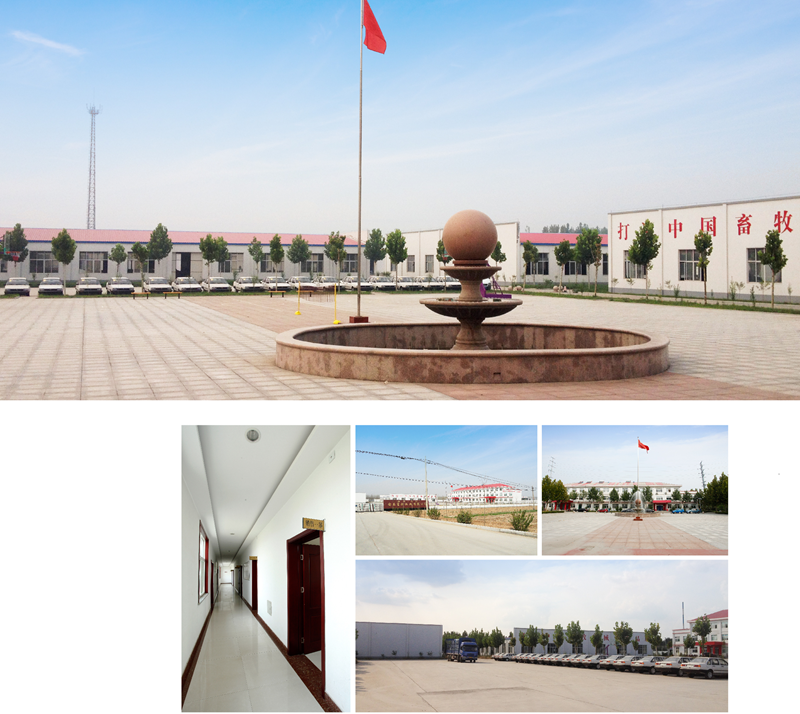
Shandong Huimin Qinle Livestock Machinery Co., Ltd. (formerly Shandong Huimin Qinle Livestock Machinery Factory) is a professional poultry equipment manufacturer with over 20 years of experience. We offer a comprehensive service package, from design (land and chicken coops), production (equipment and prefabricated steel coops), installation, commissioning, customer training, and after-sales service.
Located in Huimin County, Binzhou City, Shandong Province, China, the company has extensive experience in mechanical processing and manufacturing, as well as livestock machinery production and operation. With fixed assets of RMB 15 million, the company employs 160 people, including 30 R&D staff, and occupies a 40,000-square-meter factory. Equipped with over 110 pieces of advanced precision production equipment, including CNC machining centers and laser cutting machines, the company boasts a production capacity of RMB 50 million.
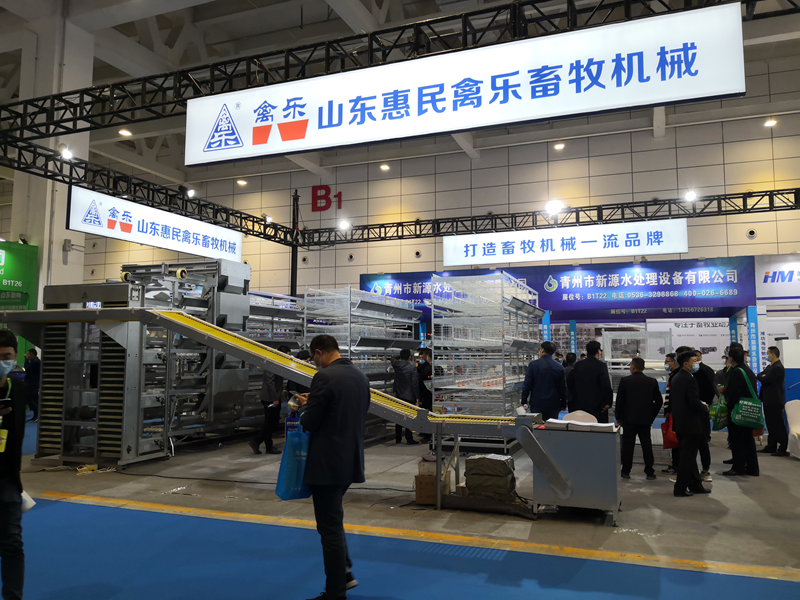


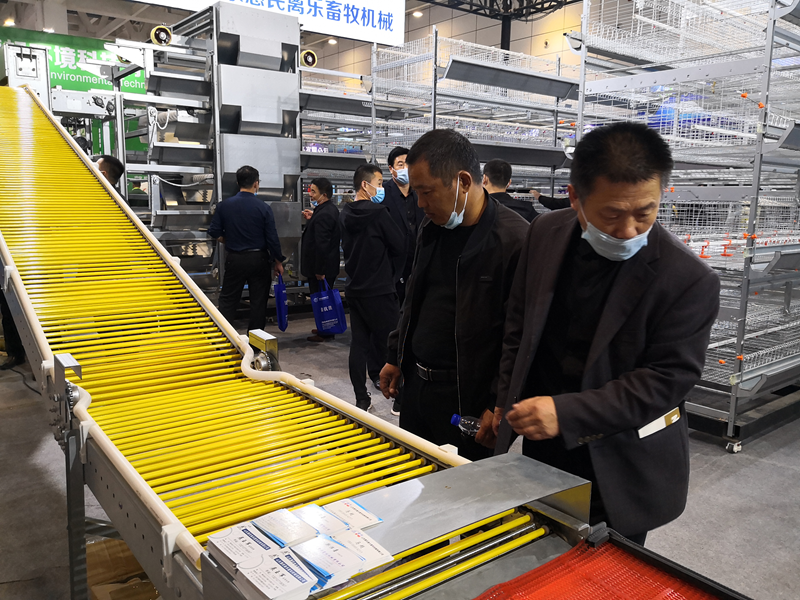
Chicken Farming Equipment Mesh Production Workshop

Machining Workshop

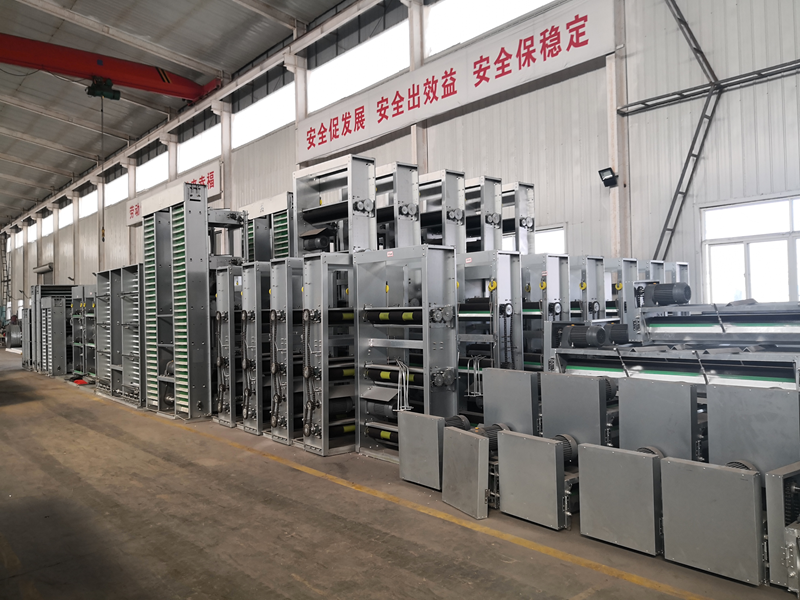
Turret-type CNC Punch Press, Laser Cutting and Other Machining Equipment



Fully Automated Roll Forming Production Line

Hot-dip Galvanizing Production Line

Electroplating Production Line

Environmental Protection Equipment

Chicken Farming Equipment Product Series
Egg-laying Hen Farming Equipment
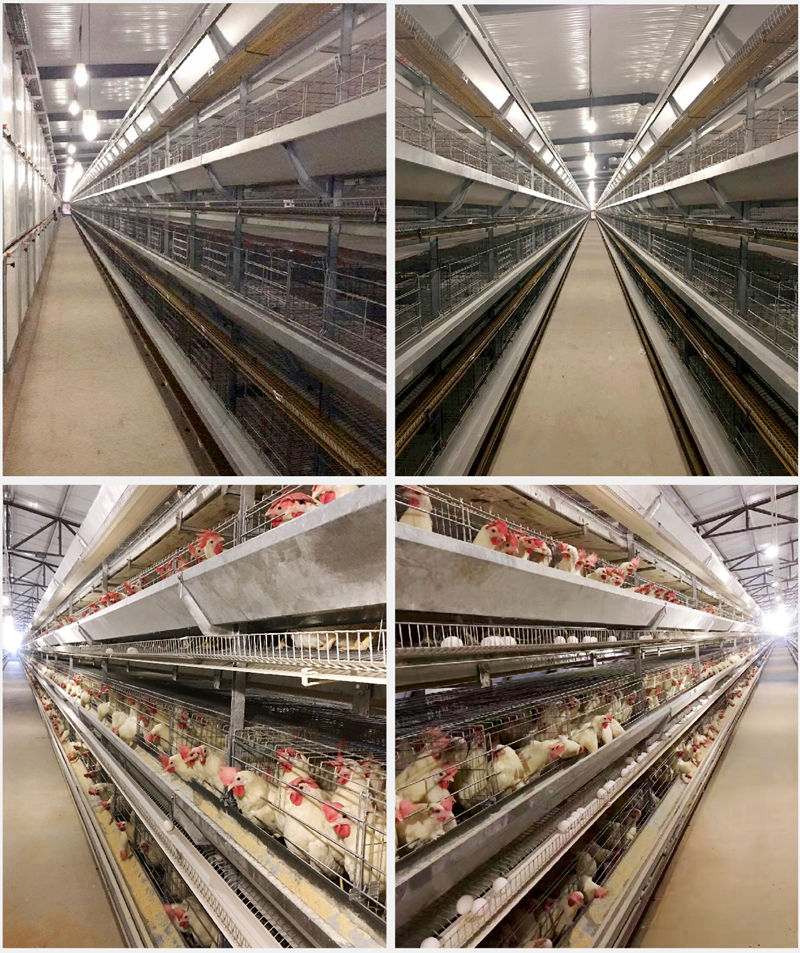
Stacked Brooding Cage Equipment

Stacked Broiler Cage Equipment
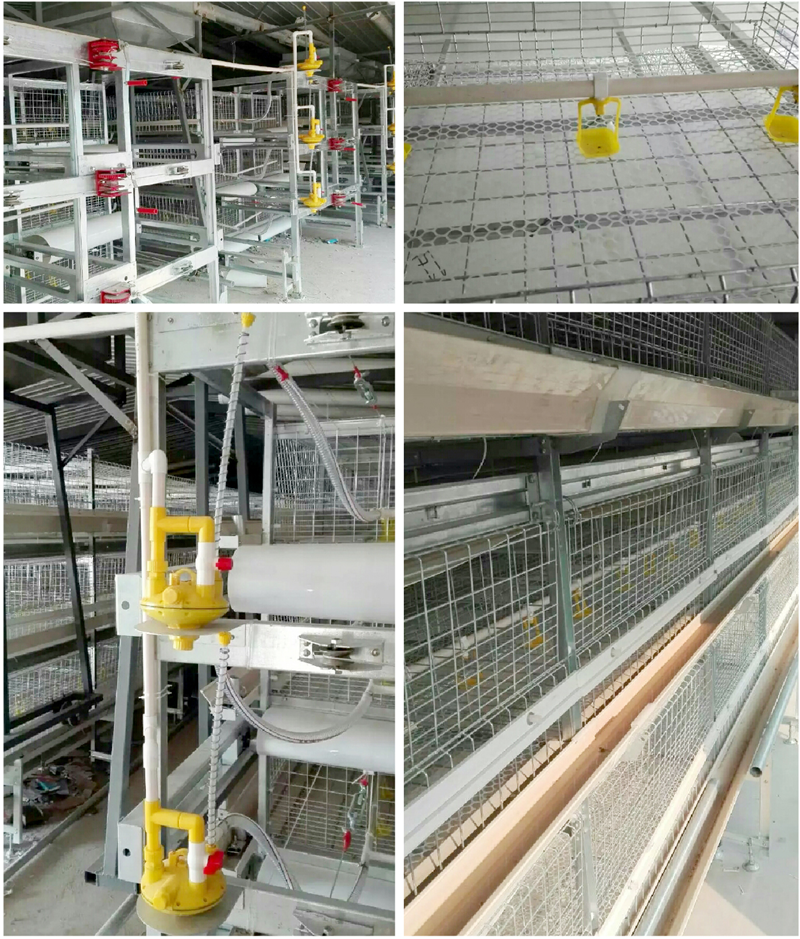
Stepped Layer Hen Cage Rearing Equipment
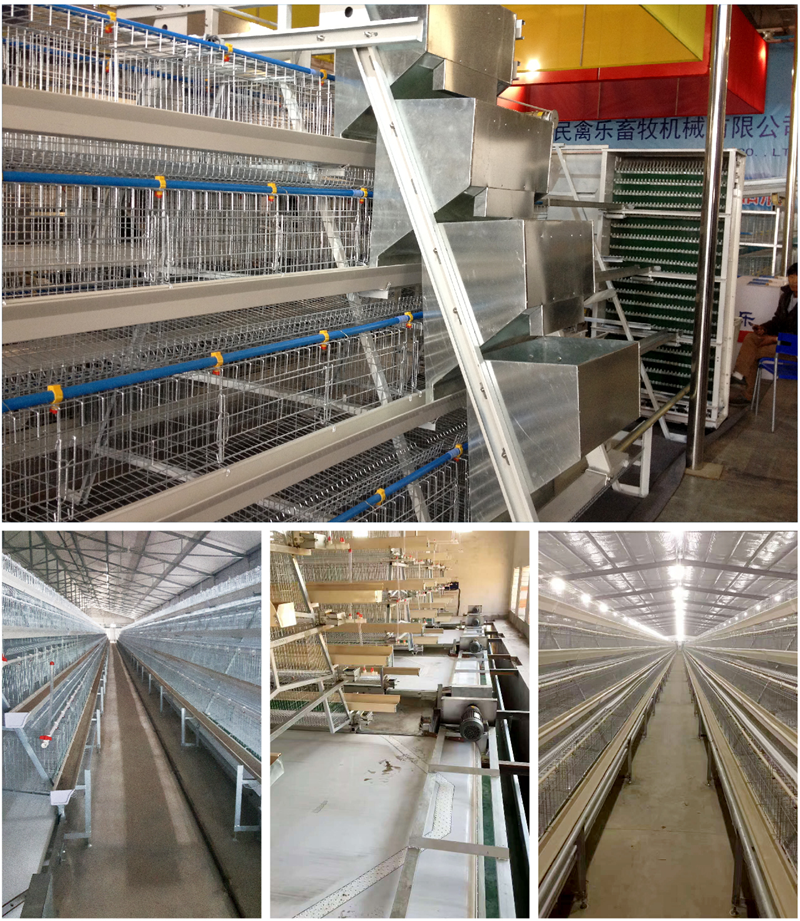
Automatic Egg Collection System

H-type Cage Feeding Machine
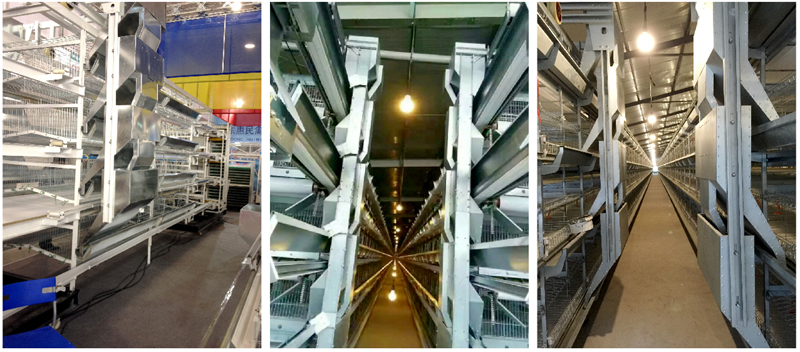
Stepped Cage Straddle Feeder
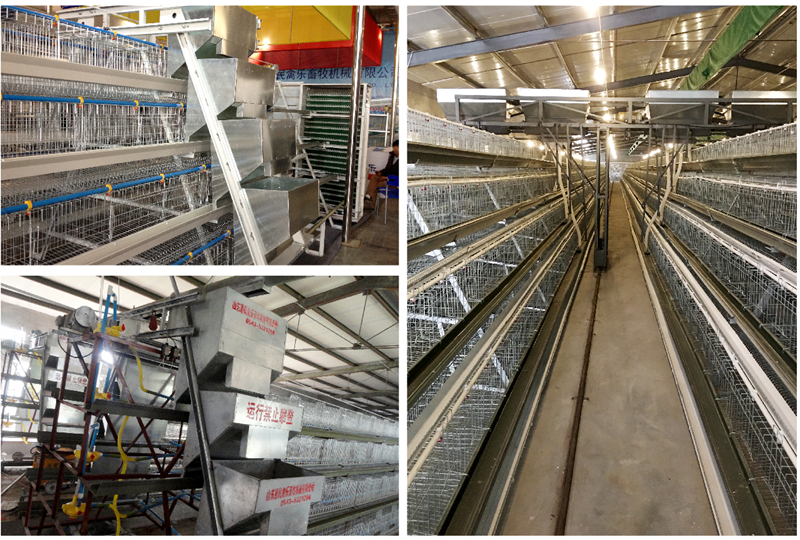
Manure Removal Machine

Fans, Heated Curtains, Environmental Control Systems, and Lighting Equipment
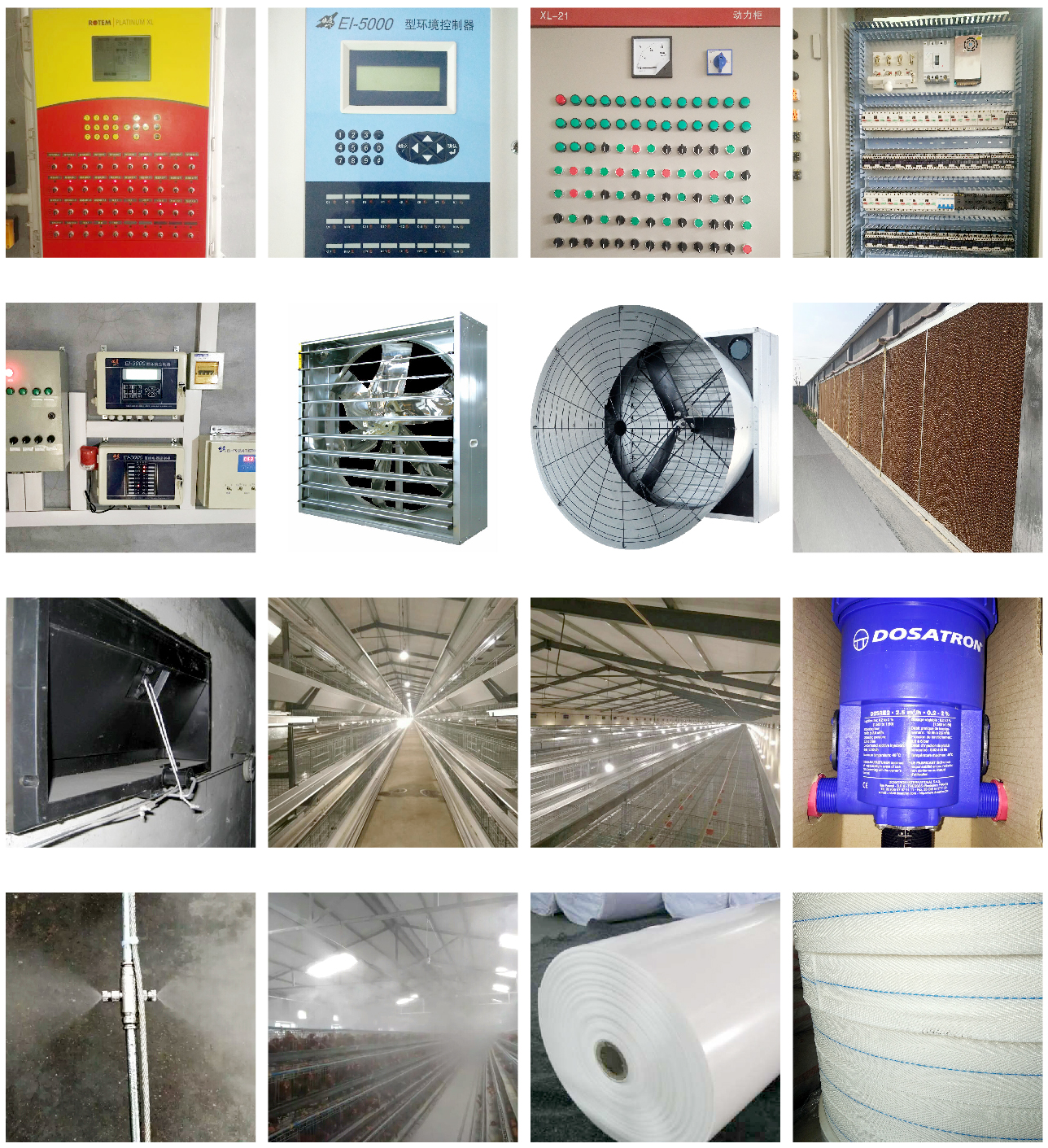
Complete Set of Equipment for Organic Fermentation Treatment of Manure


 Catalogue
Catalogue






























 WhatsApp
WhatsApp Phone
Phone